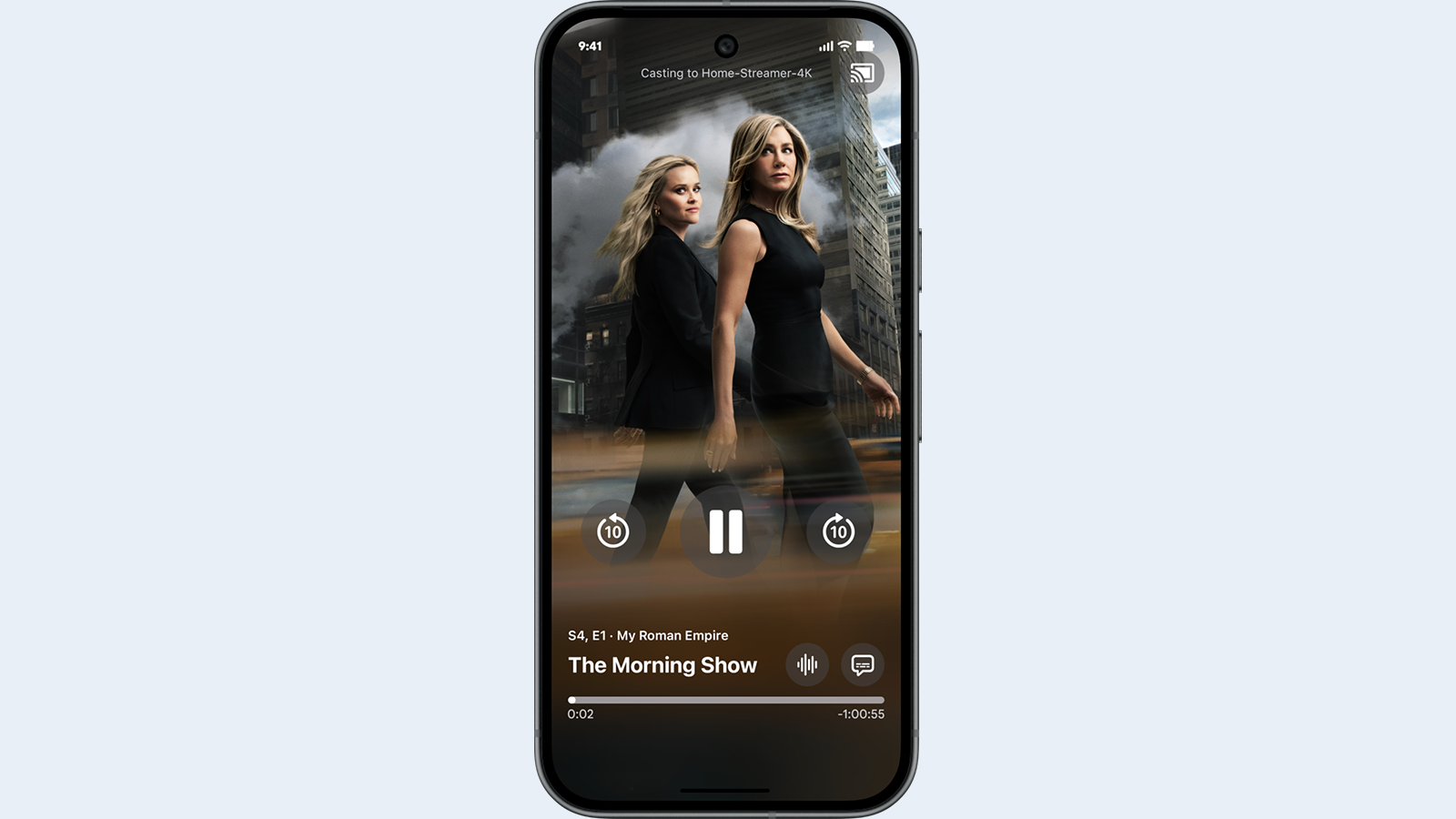Tech News
FCC Sets LPTV Digital Conversion Rules
Do you operate a low power television station? Have you been waiting for the government to tell you what to do about digital? Well, the FCC has finally taken some action. It has established rules for the digital conversion of low power TV and TV translator stations, which deliver free over-the-air TV service to millions of viewers in rural and discrete urban communities across the nation.
Stations affected by the order include low power stations, TV translator stations, and Class A TV stations, which are low power TV stations that qualify under the Community Broadcasters Protection Act for interference protection rights.
Under the new rules, digital translators will rebroadcast DTV broadcast signals. Whenever operating, a digital LPTV station must use some of its channel capacity to provide a free video programming service to the public. LPTV stations that meet this requirement may offer ancillary and supplementary services on the same basis as DTV broadcast licensees.
Local broadcasting advocates such as the Community Broadcasters Association (CBA) are applauding the FCC’s actions. Warren Trumbly, president of CBA, commented, “We now see a digital future for millions of television viewers in rural America and in metropolitan areas where our members extensively serve minority audiences.”
As for digital deadlines, LPTV, TV translator, and Class A stations are required to convert to digital, but the FCC has not set a date for ceasing analog operations. It wants to resolve certain issues regarding the transition of full-service stations before setting a low-power transition deadline.
Existing LPTV and TV translator stations may convert to digital operations (i.e., “flash cut”) on their current channel. In addition, licensees and permittees of LPTV, TV translator, and Class A stations will be allowed to seek a digital companion channel for their analog station operations.
All digital LPTV and TV translator stations will operate on a secondary, noninterfering basis with respect to primary services, including commercial wireless and public safety services.
Senate Squashes McCain DTV Proposal
The Senate Commerce Committee has put the kibosh on Senator John McCain’s proposal to set a 2009 deadline for the digital TV transition. Senator McCain, the U.S. Senate Commerce Committee Chairman, recently proposed a measure that would require broadcasters to air only digital television signals by 2009 and help consumers with analog television sets buy a device that would convert their signals to digital.
Under the proposed measure the $1 billion would have come from the proceeds of the auctioning of analog spectrum by the government. Under the current law, broadcasters must give their analog spectrum back to the government by 2007, or when 85% of the nation can receive the new digital signals, whatever comes later.
Although many stations already broadcast both digital and analog signals, less then 1% of Americans own digital TV sets. Under the proposal by McCain, consumers who do not have a digital television set would have been able to receive aid to purchase a pay television service that would either offer them the digital signals or a converted signal they could see. The draft legislation would have focused on those who only have access to over-the-air signals, especially in lower-income areas.
BMS & NuComm Go HD With JVC
Getting live HD via microwave is never simple, but it just got easier. Microwave transmission equipment manufacturers NuComm and BMS have both teamed up with JVC to offer the first turnkey solutions for microwave HD remote broadcasts by incorporating JVC’s DM-JV600 HD MPEG-2 encoder with their products.
Incorporating advanced MPEG-2 encoding technologies from JVC, the DM-JV600 is a multi-format 4:2:0/4:2:2 HD encoder with Dolby audio pass-through that offers proven compatibility with multiple microwave radio systems—both analog and digital. The DM-JV600 encoder accepts SMPTE-292M HD-SDI signals and encodes them into HD MPEG-2 format and provides a transport stream (TS) through its two DVB-ASI interfaces.
The professional video industry's #1 source for news, trends and product and tech information. Sign up below.
